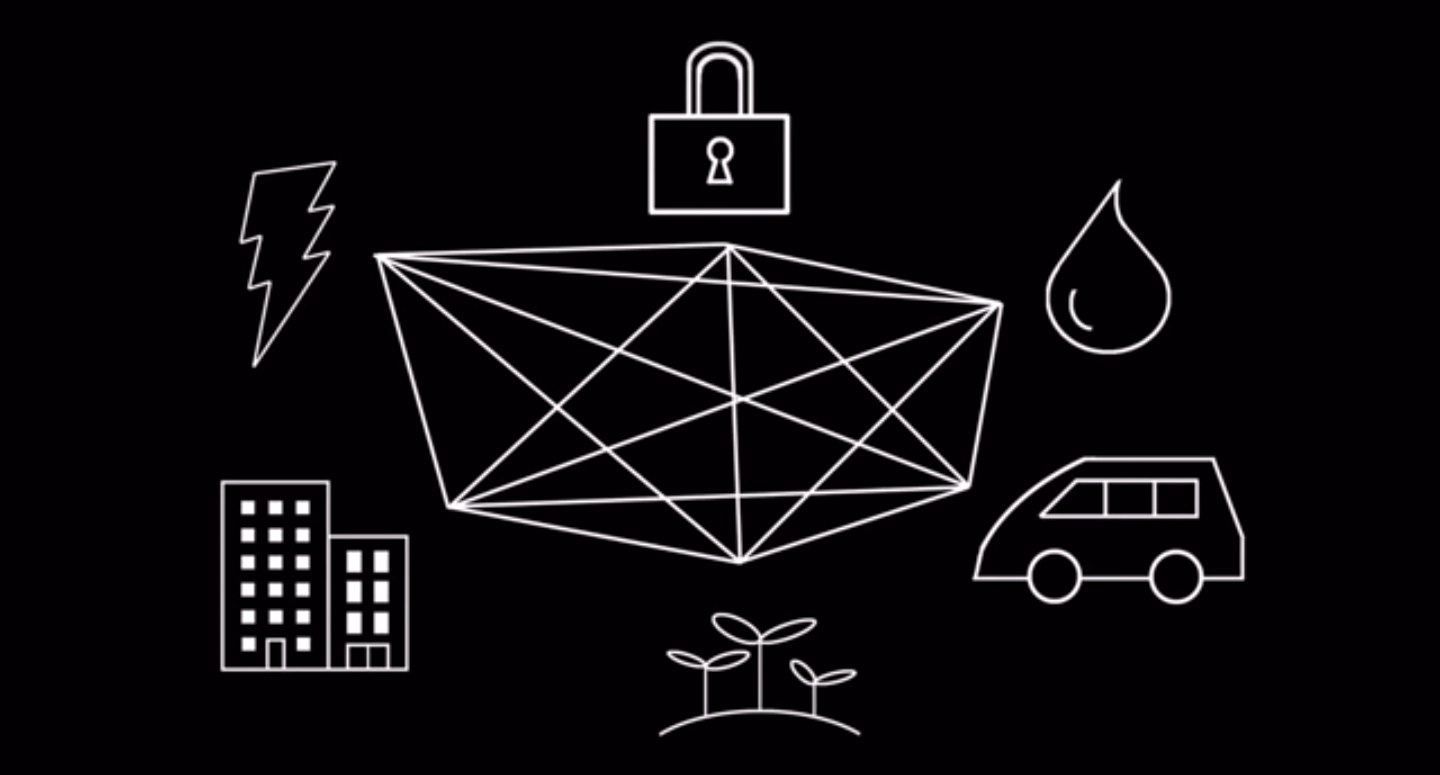Dawn Lippert opens her SOCAPtv talk with something of a riddle:
What do Bill Gates, Steve Case, Nancy Pfund, Pierre Omidyar, and Will Smith have in common?
The answer? They’re all clean tech investors.
Lippert, the founder of Hawaii-based startup, Energy Excelerator, an organization working to help solve the world’s energy challenges, was at the White House for the Clean Energy Investment Initiative when Will Smith’s investment was announced. It was Smith’s first investment into clean tech, backing a little-known energy startup called Quidnet, an energy storage company that stores energy in underground pockets, like caves.
In a Fortune article, Drew Fitzgerald, energy advisor to the Will and Jada Smith Family Foundation, called the new model of investing “the next generation of foundational giving.” If the model ends up working, the Smith Foundation hopes other foundations will consider similar types of investments.
“Really, the question is how do you bring these kinds of investors that are interested in the future of our world into clean energy innovation?” asks Lippert. “It’s a new area for them and it’s highly technical.”
Clean tech, or clean technology, is much broader than what we generally think of as just solar, electric vehicles, and transportation.

“It can actually help children in Tanzania learn to read at night. It can help women in Nicaragua find clean water for their families more easily, and it can help micro-entrepreneurs in Thailand provide distributed cell phone networks to many people,” says Lippert.
At her organization, Energy Excelerator, they think about clean tech as a “full system.”
“So anything that impacts our infrastructure, environment, the place we live — we consider that clean technology. For us, that’s clean transportation, it’s vehicles, as well as mass transit, and data; it’s clean water, it’s security, renewable energy, energy efficiency, and sustainable agriculture,” she says.
Over the years, Lippert has seen a shift in the venture capital world in Silicon Valley into things that have faster returns (think Instagram or SnapChat), but that don’t address the large, full system problems we’re facing.
“Our mission is to bring much of this money from these foundations back into this space and talk about how long-term commitments to these problems can be a great match for impact investors who have a long-term need to see their dollars at work,” she says.
Despite the significant assets held by foundations and the clear environmental impact of clean tech, only a tiny amount of foundation funding goes into clean tech each year.
But, as Lippert is quick to point out, the market is still there.
“Energy’s actually 10 percent of global GDP — it’s a huge market,” she says.
That’s where her organization and others like it are coming into play, trying to bring impact investors back into the clean tech space.
To Lippert, the timing right now is critical:
“We’re seeing very rapid transformation in the energy sector in particular, as well as transportation and water, and over the next ten years we’re going to be making decisions that determine how the next hundred years of infrastructure is going to look, in this country and around the world,” she says.
For more on clean tech, including three reasons why impact investors should come back into the clean tech space, and two important tools for foundations wanting to get involved, watch Lippert’s SOCAPtv session, recorded live from the stage of SOCAP15.






